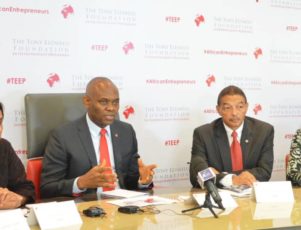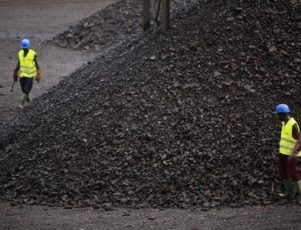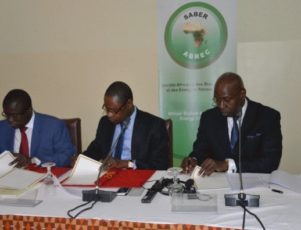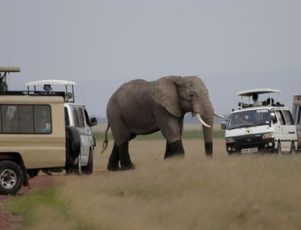NAIROBI (Reuters) – Kenya’s biggest telecoms company Safaricom is joining up with a local software firm to launch a ride-hailing company to take on Uber [UBER.UL] as it seeks new sources of revenue, its chief executive said.
Safaricom, which is 40 percent owned by Britain’s Vodafone, and Nairobi-based software developer Craft Silicon will launch the app called Littlecabs in the next three weeks, Safaricom CEO Bob Collymore told Reuters in an interview.
“It is effectively a rival for Uber,” he said. “It is a local competitor which will be cheaper and better for the local community.”
Uber operates in several African countries, including Kenya where it launched in early 2015, drawing customers by offering lower prices and cutting out haggling over fares. But regular taxi drivers have complained about its impact on business.
In March, the Kenyan authorities charged six men with attempted murder and malicious damage to property over an attack on an Uber taxi driver in February. [nL5N1713UX]
Safaricom will help develop the application, offer the network connectivity, put Wi-Fi in vehicles that will be signed up on Littlecabs, and use its mobile-phone based financial service M-Pesa to process payments, Collymore said.
Safaricom remains focused on its core businesses of offering calls, texts, Internet access and M-pesa but Collymore said it was seeking new sources of revenue.
“The direction of the company is to become a platform,” he said, citing partnerships with local banks that use M-pesa to lend money on mobile phones.
Safaricom has had a three-year partnership with M-Kopa, a company that connects customers to solar electricity, and is about to invest in a firm involved in education and another that helps jobseekers, Collymore said.
“When M-Pesa was launched it wasn’t launched as a big thing. It was just launched as a thing that was right in the edge. Now it is 20 percent of (Safaricom’s) revenue,” he said.
Littlecabs is unlikely to grow to that level but would offer a new revenue source and develop skills in the local community, he said.
Safaricom expects its earnings to rise in the financial year to next March on the back of increased data usage driven by the youth segment and higher sales of smart phones. [nL5N188101]
Revenue from calls rose 4 percent in the financial year ending March 2016, bucking the trend in other markets where voice revenues are falling.
Collymore said political protests, which have led to clashes between demonstrators and police, could dampen the outlook.
“It is not a question of who is right and who is wrong; these pictures are not helpful for investments,” he said.
(By Duncan Miriri. Editing by Edmund Blair and Susan Fenton)












